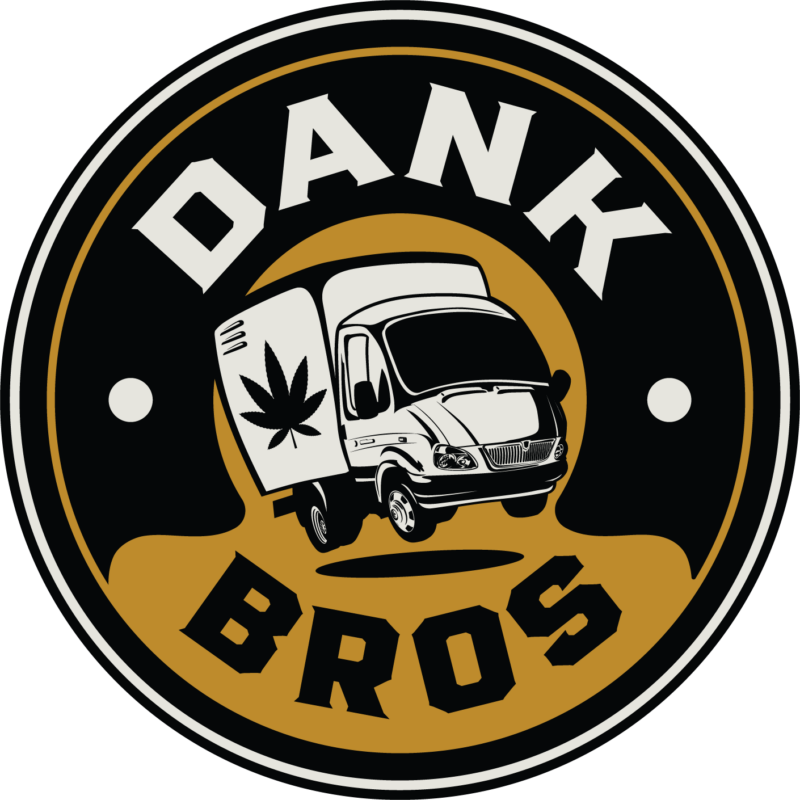Votre panier est vide.
Blog
Kief vs Hash: Unlocking the Secrets of Cannabis Concentrates
Kief vs Hash: Unlocking the Secrets of Cannabis Concentrates
This comprehensive guide delves into the nuanced world of kief vs hash, exploring their distinct characteristics, production methods, and effects. We’ll cover everything from the basics of what is rosin and resin vs rosin to the intricacies of live resin vs rosin and the exotic allure of red lebanese hash. Whether you’re a seasoned cannabis connoisseur or a curious newcomer, this article will equip you with the knowledge to navigate the exciting world of cannabis concentrates.
Understanding the differences between various forms of cannabis concentrates can be challenging. This guide aims to clarify the distinctions between kief and hash, two popular and potent forms of herbe.
Hash vs Kief: A Detailed Comparison
While both kief and hash originate from the cannabis plant’s trichomes, the key difference lies in their processing. Kief, the simpler of the two, consists of these trichomes in their raw, powdery form, collected through dry sifting. Hash, on the other hand, involves a more intricate process of collecting and compressing these trichomes, resulting in a denser, more concentrated product, often exhibiting a darker color and a more robust flavor profile.
Discover Kief vs Hash
When comparing kief vs hash, consider potency, texture, and flavor. Kief, a collection of loose trichomes, offers a lighter, more manageable high, with flavors often reflecting the original weed souche. Hash, being a compressed form of kief, boasts a higher concentration of cannabinoids, resulting in a more intense and long-lasting effect. Its flavor profile can range from earthy and spicy to sweet and floral, depending on the strain and processing method. This includes variations like the highly sought-after live hash rosin, known for its exceptional purity and flavor.
Live Hash Rosin
Live hash rosin represents the pinnacle of cannabis concentrate production. By flash-freezing freshly harvested weed, producers preserve the plant’s delicate terpene profile, resulting in a concentrate that boasts unparalleled flavor and aroma. The process involves making hash from the frozen plant material and then pressing that hash into rosin. Compared to traditional methods, live hash rosin provides a more vibrant and nuanced experience, capturing the essence of the living plant.
Temple Ball Hash
Temple ball hash is a traditional form of hash, meticulously handcrafted into spherical shapes. Its name originates from its historical significance in religious ceremonies. Today, temple ball hash is prized for its potency and unique texture, ranging from soft and pliable to hard and brittle. The process of creating temple ball hash is labor-intensive, involving hand-rubbing or mechanically agitating cannabis plants to collect the resin, then meticulously shaping and compressing it. This method results in a potent concentrate with a distinct flavor profile that reflects both the strain and the artisanal production technique.
Red Lebanese Hash
Red Lebanese hash is a legendary strain known for its reddish-brown hue and unique flavor profile. This type of hash is traditionally made from specific strains of weed cultivated in the Lebanese mountains. The production process often involves dry-sifting the plant material to collect the kief, which is then pressed and heated to create the final product. Red Lebanese hash is known for its uplifting and cerebral effects, making it a favorite among those seeking a more stimulating experience. The unique flavor, often described as spicy and earthy with hints of citrus, is a testament to the distinct terroir and traditional production methods used in its creation.
So, when choosing between kief and different types of hash like red lebanese hash, consider your desired potency, flavor profile, and consumption method. Ultimately, the best choice depends on your individual preferences and desired experience.
Pros / Cons
Pros
- Potency: Both kief and hash offer a more concentrated dose of cannabinoids compared to traditional weed flower.
- Saveur: Hash and kief offer rich and diverse flavor profiles.
- Versatility: They can be consumed in various ways, from smoking and vaping to adding to edibles.
Cons
- Tolerance: Regular use can lead to increased tolerance, requiring higher doses for the same effect.
- Availability: Depending on your location, access to high-quality kief and hash may be limited.
- Cost: Concentrates like live resin vs rosin or hash rosin can be more expensive than weed flower.
FAQ
What is the difference between resin vs rosin?
Resin refers to the sticky substance secreted by the cannabis plant containing cannabinoids and terpenes. Rosin is a solventless extract made by applying heat and pressure to cannabis flower or hash, resulting in a concentrated form of resin.
What is the difference between live resin vs rosin?
Both are solventless extracts, but live resin is made from fresh-frozen weed, preserving terpenes and offering a more flavorful experience, while rosin can be made from cured flower or hash.
How is black hash made?
Black hash gets its dark color from the extended periods of heat and pressure used during its creation, often resulting in a denser and more potent product compared to other types of hash.
Can I use kief to make hash?
Yes, hash is essentially compressed kief. By applying heat and pressure, you can transform loose kief into a solid block of hash.
Where can I find quality kief and hash?
Check out reputable dispensaries or online sources like dankbros.net for high-quality cannabis concentrates like kief and hash.
When exploring the world of cannabis concentrates, remember to start with low doses and gradually increase as needed. Whether you choose kief, hash, or other concentrates like rosin, prioritize quality and source your products from reputable suppliers like dankbros.net. Enjoy responsibly and explore the diverse landscape of cannabis concentrates available today. Explore the world of dank weed and discover the nuances of kief versus hash today!









